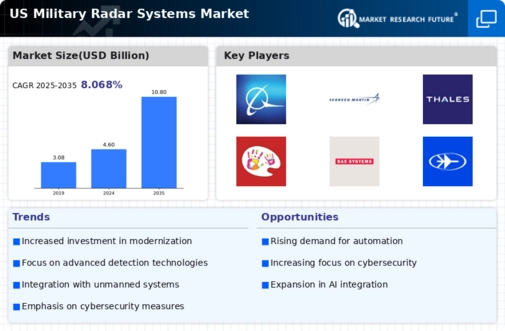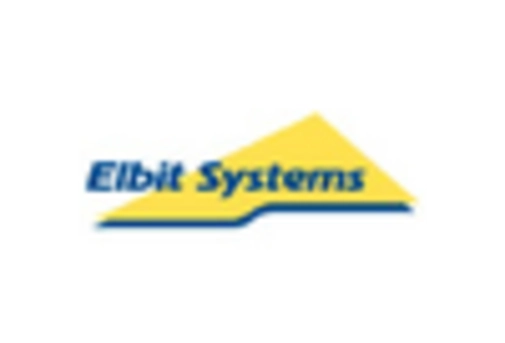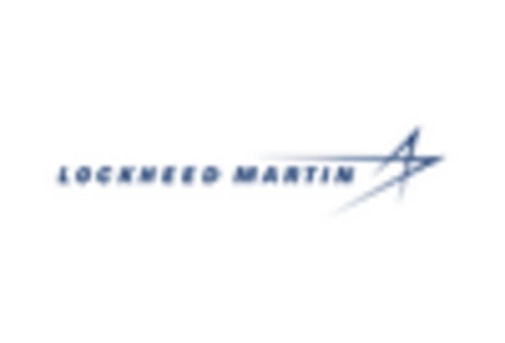The military radar systems market is characterized by a dynamic competitive landscape, driven by technological advancements and increasing defense budgets. Key players such as Raytheon Technologies (US), Northrop Grumman (US), and Lockheed Martin (US) are at the forefront, each adopting distinct strategies to enhance their market positioning. Raytheon Technologies (US) emphasizes innovation in radar technology, focusing on developing advanced systems that integrate artificial intelligence (AI) for improved target detection and tracking. Meanwhile, Northrop Grumman (US) has been actively pursuing partnerships with government agencies to bolster its capabilities in next-generation radar systems, indicating a strategic focus on collaboration and co-development. Lockheed Martin (US), on the other hand, appears to be concentrating on expanding its international footprint, seeking to penetrate emerging markets through strategic alliances and localized manufacturing initiatives.
The business tactics employed by these companies reflect a concerted effort to optimize supply chains and localize production, which is particularly relevant in the context of geopolitical tensions and the need for rapid deployment capabilities. The market structure is moderately fragmented, with several players vying for dominance, yet the collective influence of these key companies shapes a competitive environment that is increasingly characterized by innovation and technological prowess.
In November 2025, Raytheon Technologies (US) announced a groundbreaking partnership with a leading AI firm to enhance its radar systems' capabilities. This collaboration is poised to revolutionize target identification processes, potentially increasing operational efficiency by up to 30%. Such strategic moves underscore Raytheon's commitment to maintaining its competitive edge through technological integration and innovation.
In October 2025, Northrop Grumman (US) secured a significant contract with the U.S. Department of Defense to develop a new radar system designed for multi-domain operations. This contract not only solidifies Northrop Grumman's position as a key player in the military radar sector but also highlights the increasing demand for systems capable of operating across various environments, reflecting a broader trend towards versatility in defense technologies.
In September 2025, Lockheed Martin (US) launched a new radar system that incorporates advanced digital signal processing techniques, aimed at enhancing detection capabilities in contested environments. This development is indicative of Lockheed's strategic focus on innovation and its response to evolving threats, positioning the company favorably in a market that increasingly values cutting-edge technology.
As of December 2025, the military radar systems market is witnessing trends that emphasize digitalization, sustainability, and AI integration. Strategic alliances are becoming pivotal in shaping the competitive landscape, as companies seek to leverage complementary strengths to drive innovation. The shift from price-based competition to a focus on technological advancement and supply chain reliability is evident, suggesting that future competitive differentiation will hinge on the ability to innovate and adapt to rapidly changing defense requirements.






















Leave a Comment